Biodegradable Transistors made from Human Body !!!
A team of researchers including Ph.D. students Elad Mentovich and Netta Hendler of TAU’s Department of Chemistry and The Center for Nanoscience and Nanotechnology, with supervisor Dr. Shachar Richter and in collaboration with Prof. Michael Gozin and his Ph.D. student Bogdan Belgorodsky had developed a new generation of nano-sized technology that are both flexible and biodegradable to replace silicon in the field of semiconductor electronics. Researchers have integrated cutting edge techniques from different fields of science to create protein based transistors. Now they are about to made semiconductors that used to power electronics devices from organic materials found in the human body.
We know that silicon is a semiconductor element, which is the basis of modern electronics world, including cellphones and computers. But according to Tel Aviv University researchers, silicon is becoming outdated very quickly in today’s industries producing smaller and smaller products which are less harmful to the environment.
The new discovery is made of milk, blood and mucus proteins which have the ability to self-assemble in a semiconducting film. The researchers have already succeed in making biodegradable display screens and they are trying to make the entire electronic devices biodegradable.
One of the main challenges in choosing silicon as a semiconductor for making transistor is that, it must be made through top down approach. That is the manufactures starts with a sheet of silicon, then they shape it as they needed and further processing is done on it. This method is very difficult, inefficient and thus limits the capabilities of transistors when it comes to factors such as size and flexibility.
The researchers tuned to a different approach by using biology and chemistry to build the ideal transistor. They found that by various combinations of milk, blood and mucus proteins to any base material , the molecules self-assembled to create a semiconducting film on nano scale.
Mentovich said an example that in the case of blood proteins, the film is approximately four nanometres high and the current technology now in use is 18 nanometres. He also added that the three different kinds of proteins creates a complete circuit with electronic and optical capabilities. The ability of blood protein to absorb oxygen permits the doping of semiconductors with specific chemical in-order to create specific technological properties.








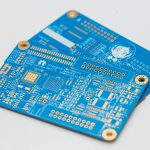
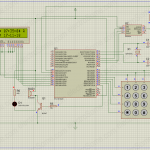

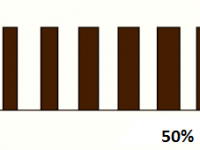
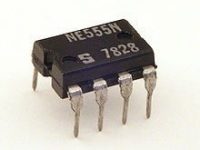
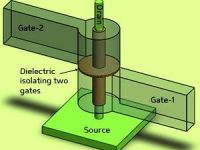

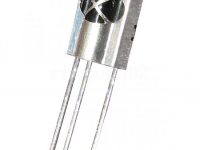

Very informative…looking forward for more information